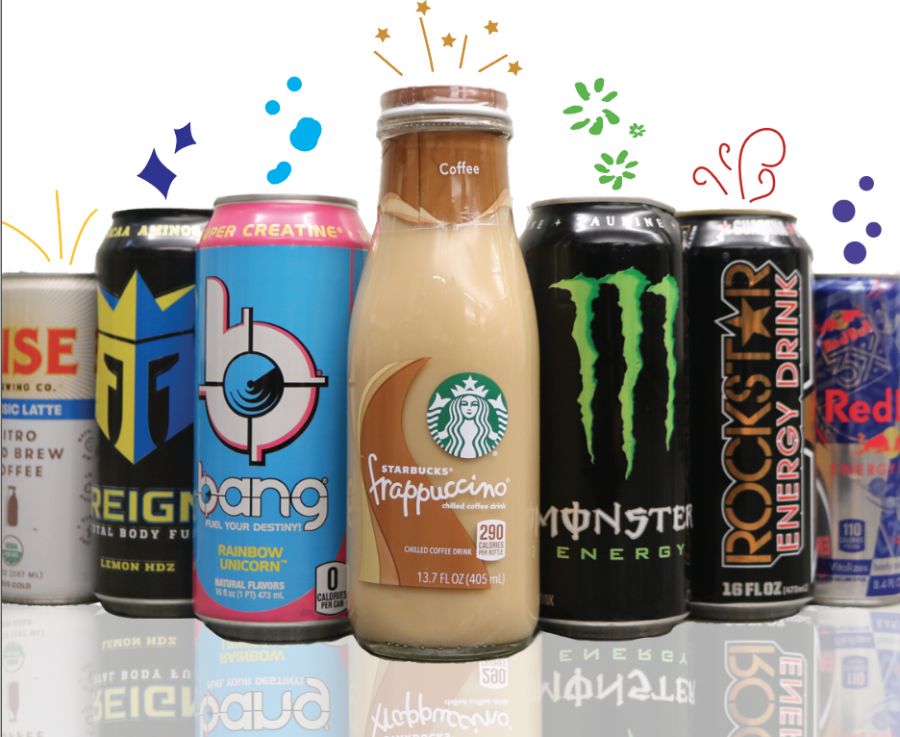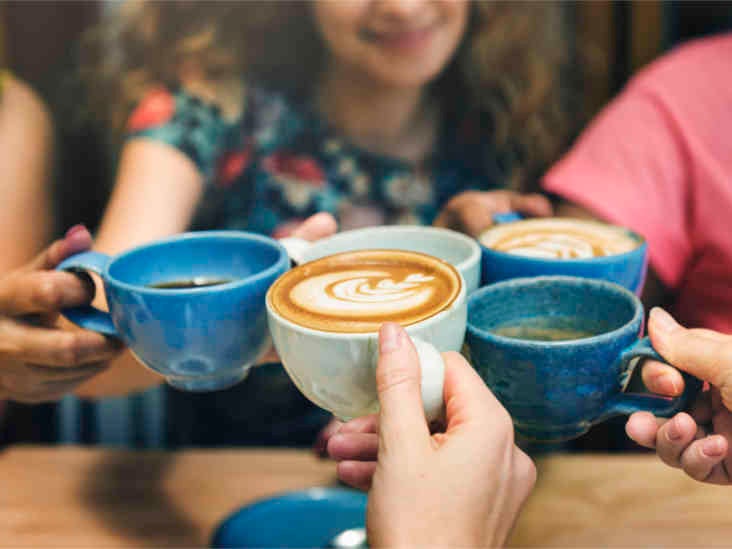Some Known Details About How to Overcome Caffeine Addiction (with Pictures) - wikiHow


Focus: Our caffeine addiction – Orange County Register
How to Overcome Caffeine Addiction (with Pictures) - wikiHow Can Be Fun For Anyone
This combination of drugs is hazardous enough that the United States FDA considers alcoholic energy drinks hazardous and prohibits their sale. While such drinks can be gotten in some other nations, their usage is inexpedient, as is mixing energy beverages and alcohol. The drugs are hazardous mostly because stimulants counter many, although not all, of the apparent signs one has drunk too much alcohol (a depressant).
The effect of taking a stimulant with a depressant produces a "push-pull" effect on the body, not unlike a speedball. While caffeine is undoubtedly a moderate stimulant, it can be extremely harmful if a person takes in too much alcohol as the stimulant impacts diminish. There is a much greater danger that they will unintentionally experience alcohol poisoning, possibly overdosing on alcohol and having their breathing alarmingly slowed or perhaps stopped.
The Greatest Guide To caffeine addiction - Pinterest
What is caffeine? Caffeine is the stimulant in your coffee, tea, chocolate and soda that reduces fatigue, increases awareness and offers you an increase of energy. It can likewise trigger sleeping disorders, headaches, dehydration and hypertension, if you're not cautious. For many, caffeine is a tool to help them wake up, liven up and concentrate.

How to Break Your Caffeine Addiction for Good
Caffeine is a white, bitter compound that's found naturally in over 60 plants, consisting of coffee beans, tea leaves and cacao pods that are used to make chocolate. The U.S. Food and Drug Administration (FDA) thinks about caffeine to be both a food additive and a drug. The quantity of caffeine in your food and drink differs.

Guide to Caffeine Addiction : Caffeine Withdrawal Effects and Symptoms
Some Of Road to recovery: 5 ways to cut back on caffeine for National
Coffee can have as little as 2 milligrams of caffeine (decaf coffee) per cup, and as much as 200 milligrams per cup. Your normal tea has about 40 milligrams of caffeine, but it can vary from 9 to 110 milligrams. Twelve ounces of soda pop/soft beverage normally has 30 to 60 milligrams of caffeine.
What result does caffeine have on the body? Caffeine passes into your bloodstream from your stomach and small intestine. As soon as in your bloodstream, caffeine stimulates your main nerve system your nerves, brain and spine cord to make you feel more awake and alert. Find Out More Here decreases tiredness and improves focus and concentration.

